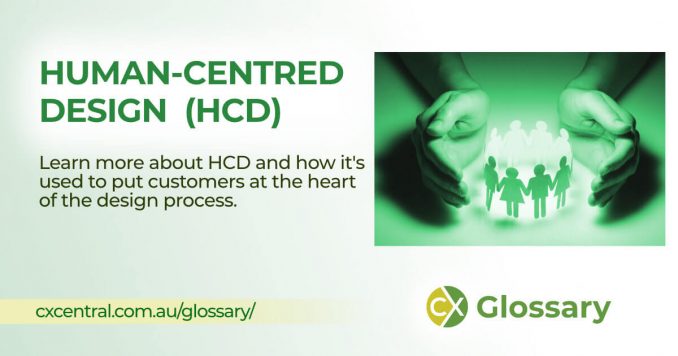
What is Human-Centred Design (HCD)?
Human–centred design is an approach to problem-solving that puts the people we are designing for (typically your customers) at the heart of the process.
If you need a definition of HCD with a bit more meat, we like this one on medium.com:
“It is based on a philosophy that empowers an individual or team to design products, services, systems, and experiences that address the core needs of those who experience a problem.”
To explain this further, HCD is a methodology that aims to understand situations from the perspective of the end-user and to design a solution that meets those needs.
It is generally an iterative process that encourages a test and learn mindset.
There are generally Human-Centred Design stages:
- UNDERSTAND / EMPATHISE – This stage is generally exploratory in nature. You want to learn as much about your customers as possible.
- DEFINE – Once you’ve completed exploratory work on the customer and their particular pain points, you want to narrow the scope to define a key area to focus on.
- EXPLORE / PROTOTYPE – The first step of solution mode. This is an area where “blue sky thinking” is encouraged. No idea is a bad idea. The aim is to build a rough prototype to start testing with customers.
- IMPLEMENT / CREATE – After a number of iterations, there should be a product or service that is well received from your customers. It’s now time to narrow efforts on a particular solution that resonates the best with customers.
Want to learn a bit more about Human-Centred Design?
- Read: Learn more about Human-Centre Design including common problems and tips on how to measure success initiatives.
- Training: Learn more about our Customer Experience (CX) training courses
- Search: A list of industry consultants who specialise in Customer Experience
Back to CX Glossary Index Page
